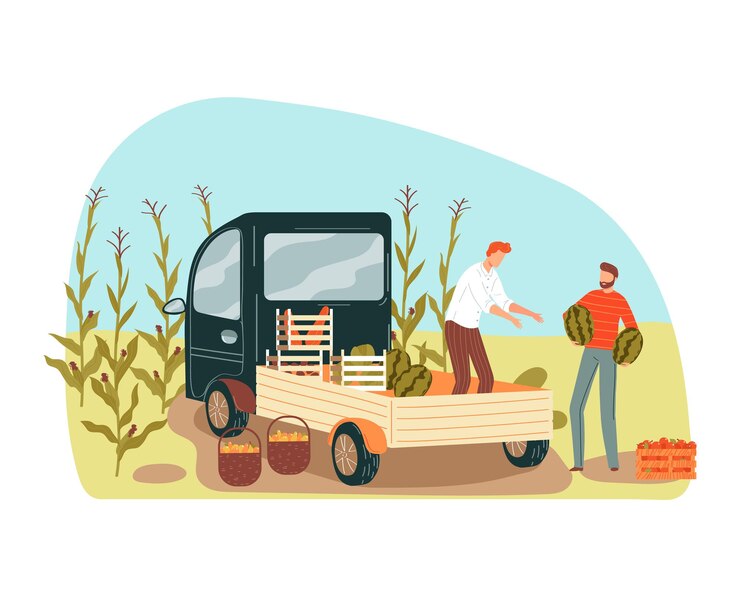Embarking on agriculture trade requires a nuanced understanding of market dynamics, international regulations, and effective business strategies. This blog serves as a step-by-step guide, providing insights from the initial planning stages to the successful execution of agricultural trade.
1. Market Research and Analysis:
Begin by conducting thorough market research. Identify potential markets for your agricultural products, considering factors like demand, competition, and regulatory environments. Analyze market trends and consumer preferences to tailor your offerings effectively.
2. Product Selection and Adaptation:
Choose the agricultural products you intend to trade based on your market research. Adapt your products to meet the specific needs and preferences of the target market. Consider factors like packaging, labeling, and any necessary quality certifications.
3. Regulatory Compliance:
Understand and comply with the trade regulations and standards of both your home country and the target market. This includes adhering to food safety standards, labeling requirements, and any import/export restrictions.
4. Building Strong Supply Chains:
Establish reliable and efficient supply chains. Collaborate with farmers, suppliers, and transportation partners to ensure the smooth flow of agricultural products from production to export. Maintain transparency and accountability throughout the supply chain.
5. Quality Assurance:
Implement rigorous quality control measures to maintain the high standards of your agricultural products. This involves regular testing, inspection, and adherence to industry-recognized quality certifications.
6. Pricing Strategies:
Develop competitive pricing strategies based on production costs, market demand, and competitor pricing. Consider factors such as transportation, tariffs, and currency exchange rates that may impact the final cost of your agricultural products.
7. Logistics and Transportation:
Efficient logistics are crucial for successful agriculture trade. Choose reliable transportation methods and partners to ensure timely and safe delivery of your products. Consider factors like refrigeration for perishable goods.
8. Marketing and Branding:
Craft a compelling marketing strategy to promote your agricultural products. Utilize digital platforms, trade shows, and collaborations to increase visibility. Establish a strong brand identity that communicates the quality and uniqueness of your offerings.
9. Establishing Partnerships:
Forge strategic partnerships with distributors, retailers, and other businesses involved in the agriculture trade. Building strong relationships enhances market reach and facilitates a smoother entry into new markets.
10. Legal and Contractual Considerations:
Draft clear and comprehensive contracts that outline the terms of your agriculture trade agreements. Consider legal advice to ensure compliance with international trade laws and protect your interests.
11. Financial Management:
Manage finances prudently by budgeting for trade-related expenses, understanding currency risks, and exploring financing options. Keep a close eye on cash flow to ensure the sustainability of your agriculture trade venture.
12. Monitoring and Adaptation:
Regularly monitor market trends, consumer feedback, and the overall performance of your agriculture trade activities. Be adaptable and ready to adjust strategies based on changing market conditions and emerging opportunities.
Conclusion: Cultivating Success in Agriculture Trade
Embarking on agriculture trade is a multifaceted journey that requires careful planning, adherence to regulations, and strategic execution. By following these steps, you lay a solid foundation for a successful agriculture trade venture. May your endeavors be fruitful, contributing not only to your success but also to the global exchange of high-quality agricultural products.




